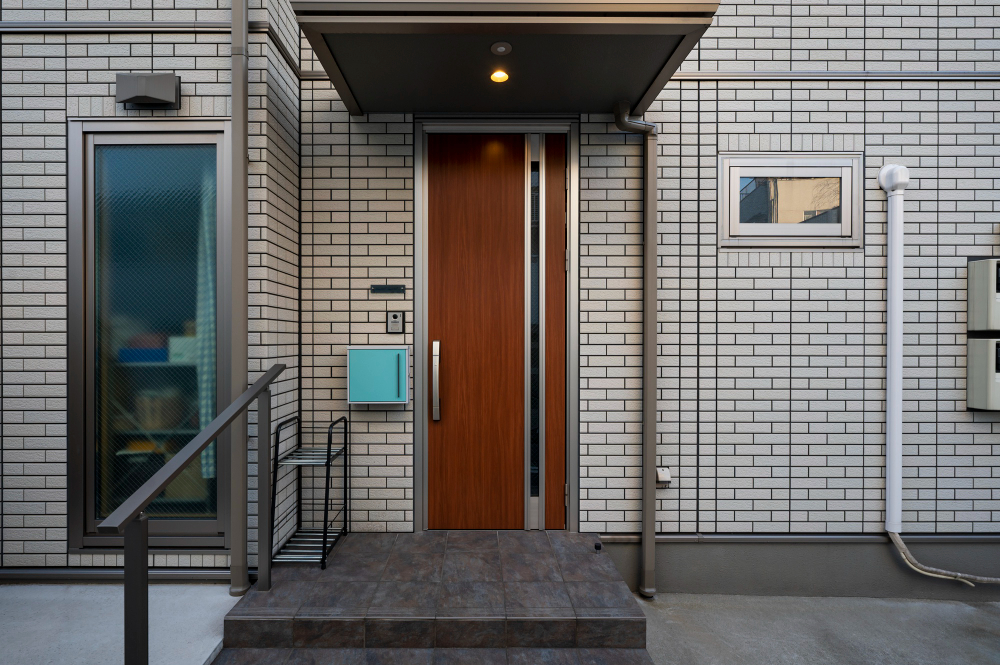Lift Mechanics: Understanding the Lift Working Principle
Post Date : Mar 27, 2024
Elevators, the backbone of contemporary infrastructure, have transformed vertical mobility, enabling the development of high-rise structures for both residential and commercial purposes. Yet, for many, the inner workings of these vertical transports remain shrouded in mystery.
In this blog, we embark on an exploration of the lift working principle, offering insights into the intricate mechanisms that drive these technological marvels and ensure their seamless functionality.
Delving into the Lift Working Principle
Understanding how passenger lifts work gives us a glimpse into the intricate mechanisms and safety features that ensure a smooth and secure ride for passengers. The lift system works by using a motor to power a pulley system that moves an elevator car up and down along guide rails. One common design is the vertical lift mechanism, employing pulleys and cables for smooth ascent and descent. Counterweights add another layer of balance and energy efficiency ensuring a steady journey.
Exploring the Electrical Systems Behind Modern Elevators
Modern elevators depend on advanced electrical systems for efficient and safe vertical transportation. The electric motor, situated at the core of these systems, drives the elevator's ascent with precision. Variable frequency drives (VFDs) further refine control over the hoisting motor's speed and movement, promoting energy conservation by optimizing efficiency. Enhanced control systems oversee the elevator's operation and condition, swiftly identifying irregularities or malfunctions. These systems promptly issue maintenance alerts to address potential issues, ensuring continuous service and passenger safety.
Elevator Technology Advancements: Focus on Safety Measures
Advancements in elevator technology have significantly enhanced safety and efficiency, driven by a relentless pursuit of innovation. Central to these developments are sophisticated braking systems that ensure elevators stop safely, even in emergencies or malfunctions. Innovations like regenerative drives not only save energy but also offer more controlled lift operations. Additionally, technologies such as destination control systems and gearless elevators contribute to energy efficiency. Computerized control systems play a pivotal role in elevating safety standards by enabling precise monitoring and adjustment of elevator functions.
Powering the Lift: Hydraulic System
The hydraulic lift working principle harnesses the power of hydraulic fluid to facilitate controlled lifting and lowering. Hydraulic systems offer efficiency and reliability, making them ideal for low to mid-rise buildings where space is limited.
The Evolution Of Lift Technology: From Manual To Automated Systems
The evolution of elevator technology has progressed from manual operation to automated systems. Initially, elevators were manually operated using ropes or pulleys, but with advancements like steam-powered engines and safety brakes, they became more efficient and safe. The introduction of electricity further revolutionized elevators, enabling automated controls and optimizing operations. Today, modern elevators utilize sophisticated algorithms and push-button controls for seamless vertical transportation, reflecting humanity's pursuit of safety, efficiency, and convenience in vertical mobility solutions.
Conclusion
In summary, understanding how elevators work reveals the complex mechanisms ensuring safe and efficient vertical transportation. From motor-powered pulley systems to advanced electrical controls, modern elevators represent the pinnacle of engineering innovation. Safety measures, including sophisticated braking systems and computerized controls, prioritize passenger well-being. As elevator technology evolves, from manual to automated systems, the focus remains on safety, efficiency, and convenience in urban infrastructure. Elevators not only facilitate vertical mobility but also embody humanity's quest for progress.






